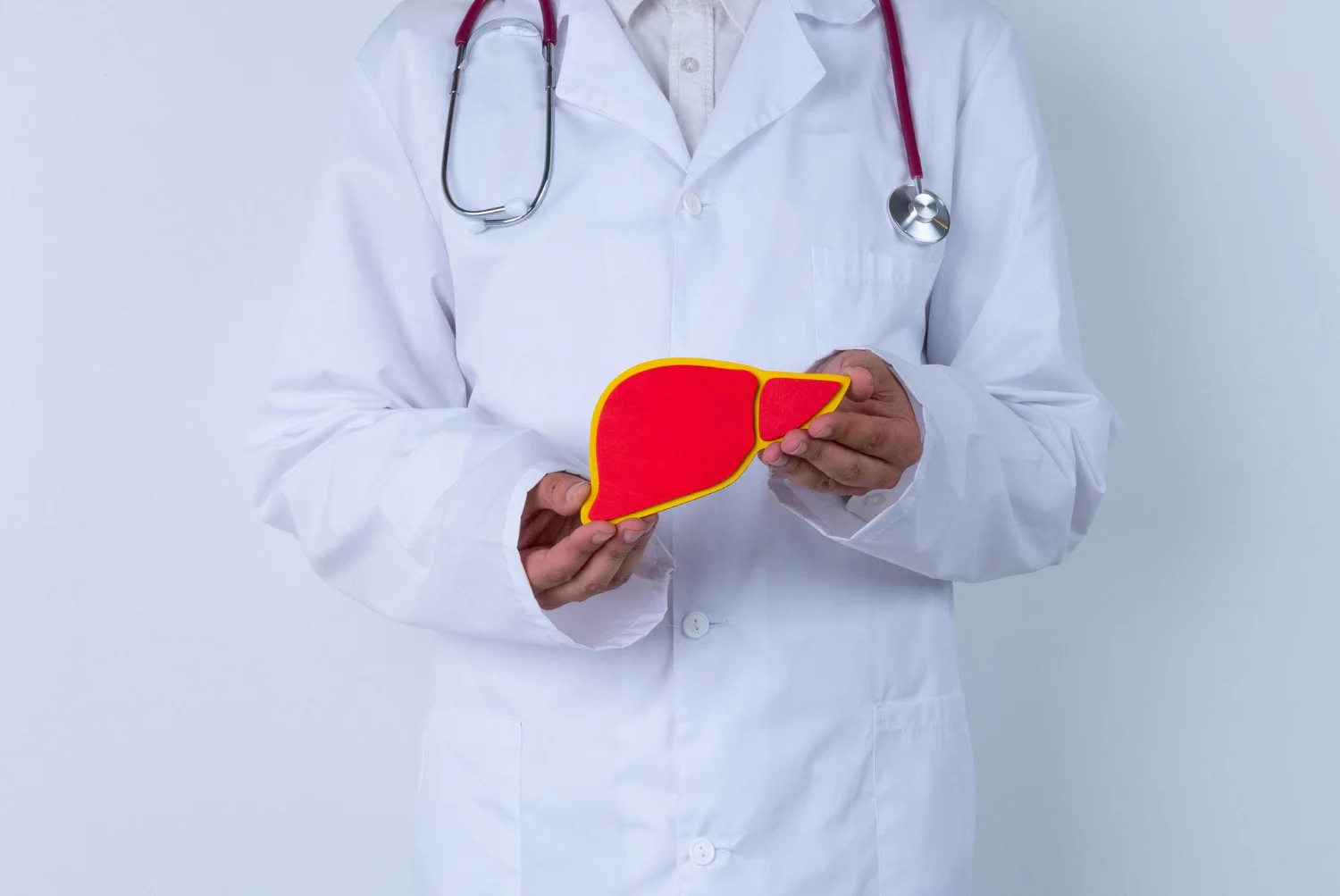Introduction
Patients diagnosed with chronic liver disease or cirrhosis often encounter a troubling paradox when it comes to managing their cholesterol levels using statin medications. Given the liver’s crucial role in metabolizing these drugs, the potential risks versus the benefits become a matter for careful consideration. The traditional stance, as echoed by some experts, is that statins might exacerbate liver conditions, leading to the conclusion that individuals with chronic liver disease should avoid statins. However, recent research and clinical practice suggest this narrative may be oversimplified and warrants a more nuanced approach.
The Traditional View on Statins and Liver Disease
In an article published in the journal “Clinical Liver Disease” (Clin Liver Dis (Hoboken)) [DOI: 10.1002/cld.788], Kasia et al. reviewed the concerns associated with statin use in patients with chronic liver disease. The traditional view, which dominated clinical practice for years, stems from apprehensions of hepatotoxicity, where statins pose an increased risk of liver injury in patients who already suffer from compromised hepatic function (Bjornsson ES, 2017). This sentiment is further supported by regulatory warnings that often accompany statin medications, advising caution or even abstention in cases of active liver disease.
A Shifting Perspective on Statin Safety
Despite these concerns, significant evidence has emerged to challenge the concept that statins are categorically harmful to patients with liver disease. The LiverTox database, a resource compiled by the National Institute of Health, presents numerous studies indicating that the incidence of serious liver injury due to statins is quite low (Blaha MJ et al., 2013). Furthermore, evidence suggests that statins might be underutilized in the population with liver disease due to overstated fears of hepatotoxicity (Rzouq FS et al., 2010).
Keywords
1. Statins and liver disease
2. Chronic liver disease statin use
3. Cirrhosis and cholesterol medication
4. Statin hepatotoxicity risks
5. Statin safety in liver conditions
Recent Research on Statin Therapy and Liver Disease
The Scandinavian Simvastatin Survival Study (4S) and other trials (Shepherd J et al., 1995) have demonstrated the safety and efficacy of statins in the general population, which leads to an imperative question: do these findings hold for those with liver disease? Recent cohort studies indicate that not only are statins safe for many individuals with liver disease, but they could also offer protective effects, particularly in conditions such as nonalcoholic fatty liver disease (NAFLD) and hepatitis C virus-infected cirrhosis (Mohanty A et al., 2016; Huang YW et al., 2016).
Clinical Trials and Observations
In certain clinical trials, it is suggested that patients with well-compensated chronic liver disease could benefit from statins without experiencing significant adverse events (Lewis JH et al., 2007). While this is an encouraging sign, these findings must be interpreted with caution, as the particularities of each type of liver disease and patient profile can influence outcomes.
For instance, results from a trial by Abraldes et al. (2009) showed that simvastatin lowered portal pressure in patients with cirrhosis, offering a reprieve from one of the most feared complications of liver disease—variceal bleeding. However, such benefits must be balanced against the risk of hepatic decompensation (Abraldes JG et al., 2016).
Assessing the Risk
To gauge the risk associated with statin use in liver disease, health care providers should perform a risk-benefit analysis tailored to each patient. This often involves baseline liver enzyme tests followed by regular monitoring after initiation of therapy. Fortunately, hepatic consequences can usually be reversed by discontinuing statin use, indicating that the watchful initiation of these drugs might be an acceptable approach for many (Chalasani N et al., 2004).
Professional Guidelines and Recommendations
Professional organizations such as the American Association for the Study of Liver Diseases have offered practice guidance suggesting that statins can be used safely in patients with NAFLD and other liver conditions under appropriate monitoring (Chalasani N et al., 2018). Furthermore, emerging research continues to explore the pleiotropic effects of statins, which extend beyond lipid-lowering and may include anti-inflammatory and potential antifibrotic actions in liver diseases (Janicko M et al., 2016).
Concluding Remarks
The assertion made by Kasia et al. that patients with chronic liver disease or cirrhosis should avoid statin medications is, in the light of recent literature, worth re-evaluating. With proper oversight and understanding of the specific type and severity of liver disease, statin therapy can be both a safe and beneficial component of managing cardiovascular risk in this patient population.
In conclusion, as we learn more about the complex interactions between statins and liver pathology, it becomes clear that an individualized approach, rather than a universal prohibition, is the most prudent path forward for clinicians managing patients with chronic liver disease.
References
1. Kasia, C. C., & Scaglione, S. J. (2019). Patients With Chronic Liver Disease/Cirrhosis Should Not Take Statin Medications. Clin Liver Dis (Hoboken), 13(4), 106-110. DOI: 10.1002/cld.788
2. Bjornsson, E. S. (2017). Hepatotoxicity of statins and other lipid‐lowering agents. Liver Int, 37(2), 173-178. DOI: 10.1111/liv.13295
3. Abraldes, J. G., et al. (2009). Simvastatin lowers portal pressure in patients with cirrhosis and portal hypertension: a randomized controlled trial. Gastroenterology, 136(5), 1651-1658. DOI: 10.1053/j.gastro.2009.01.043
4. Chalasani, N., et al. (2018). The diagnosis and management of nonalcoholic fatty liver disease: practice guidance from the American Association for the Study of Liver Diseases. Hepatology, 67(1), 328-357. DOI: 10.1002/hep.29367
5. Janicko, M., Drazilova, S., Pella, D., et al. (2016). Pleiotropic effects of statins in the diseases of the liver. World J Gastroenterol, 22(29), 6201-6213. DOI: 10.3748/wjg.v22.i29.6201
